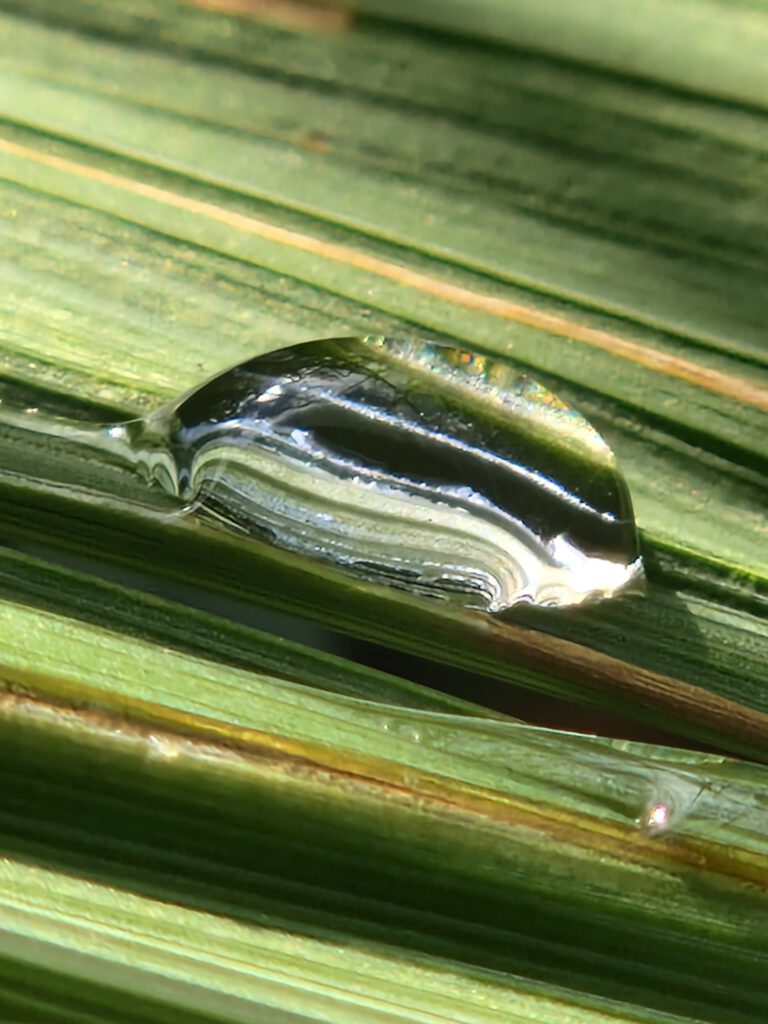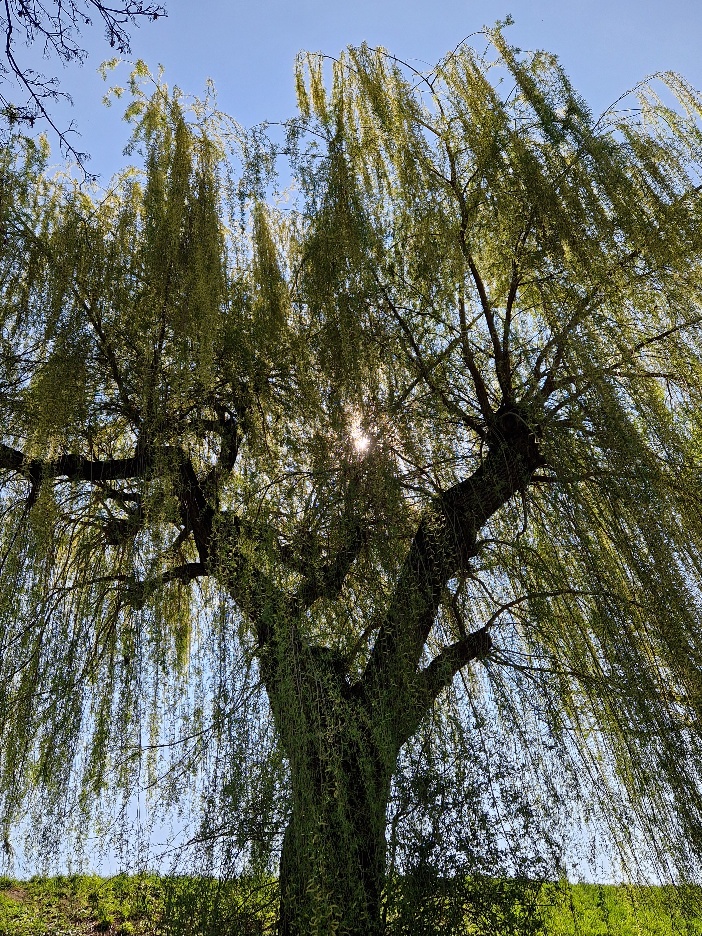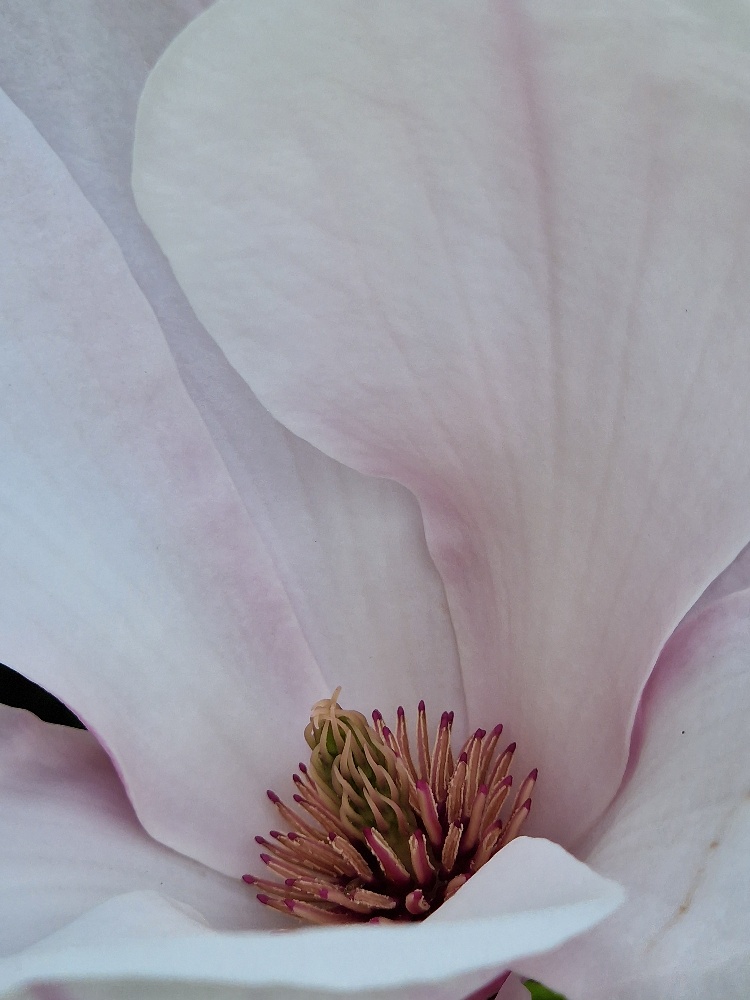Hope is the thing with feathers
That perches in the soul
And sings the tunes without the words
And never stops – at all.
Emily Dickinson
Learn from yesterday, live for today, hope for tomorrow. The important thing is not to stop questioning.
Albert Einstein
To be truly free of the narcissist in our lives, we have to break the trauma bond by killing the hope.
Helen Villiers, Kate McKenna – You’re Not The Problem
We admitted we were powerless over other people, – that our lives had become unmanageable.
Twelve Steps of Co-Dependents Anonymous (CoDA), Step I
Occasionally, a chapter heading will strike me as enigmatic and therefore worthy of closer examination. Such was the case on reading the table of contents of: `You’re Not The Problem, The Impact of Narcissism and Emotional Abuse and How to Heal´. Chapter 15 is entitled: `Killing the Hope´.
Hope has always played an important role in my life. Hopes have sometimes been fulfilled, sometimes not. The untimely death of my father was a case in point where the dashing of my teenage hopes for a miraculous recovery proved most difficult to bear.
More than forty years on, three years ago this week in fact, I lay in the emergency ward of a Corsican hospital with a broken spine, hoping for a full recovery. Thankfully, this hope has been completely fulfilled.
In the field of recovery from the malady of addiction, hope is indispensable. Many people report a rekindling of once-extinguished hope in the early phase of recovery when we admitted defeat and reached out for help in a community of fellow travellers.
It is this hope, rekindled by the example of recovering addicts, that gradually replaces resignation and despair, providing fuel for the action required to turn the tide, to embrace an affirming stance to life after years of `suicide in instalments´.
This is the context in which the words: `Killing the hope´ caught my attention and drew me into further exploration.
In their excellent book about the impact of narcissism and emotional abuse and how to heal, Helen Villiers and Kate McKenna state: To be truly free of the narcissist in our lives, we have to break the trauma bond by killing the hope.
We all know people who return again and again to an abusive relationship. For onlookers, this behaviour is difficult to fathom while we remain ignorant of the underlying emotional and psychological bedrock and the invisible dynamics at play. It is the trauma bond that keeps a victim in the relationship with a narcissist, or any abuser.
Although it can manifest most powerfully within adult primary relationships, it can also be found in friendships and in familial relationships. It can be particularly acute with a narcissistic parent because of the deep nature of the parent-child bond. This applies whether the person in question is still alive or not.
The Greek word `trauma´ simply translates as `wound´. A trauma bond is created when our trauma, the insecure attachment wounds comprising fear of rejection, self loathing, belief of unworthiness, lack of identity, crushed self-esteem, feelings of being overwhelmed, etc. – are weaponized by the abuser to hold us in bondage.
This dynamic usually begins in early childhood, at a time when we are fully dependent on our adult caregivers and have not yet developed effective resources to introspect, self-regulate, or set healthy boundaries. In this respect we are as emotionally vulnerable as we are with respect to physical nurturing. Physically, humans are the most vulnerable of all mammals. We depend on our caregivers for our survival for far longer than any of our mammalian cousins.
Our emotional vulnerability during childhood and its – often unintentional – exploitation is perhaps the missing link in grasping what we need to redress in order to grow, heal, and develop as a species if we are to master our current collective challenges.
The adult caregiver, – whether narcissistic or simply emotionally impaired, – abuses the child to meet her or his own needs. This is where the weaponization of the trauma bond has its origins. The dynamic is often as invisible to the adult as it is to the child.
The adult, – lacking the mental fitness mastery which enables us to break free of the bondage of our fear-driven impulses, – will vacillate emotionally, blowing hot and cold, keeping the child on tenterhooks.
On good days, when we are being love bombed, adored, and adulated our trauma wounds are soothed and we feel better, believing that finally someone sees and loves us.
The next inevitable cold front brings emotional withdrawal, passive aggressive or overt punishment, contempt, guilt-tripping, blaming, shaming, or neglect. Over time, we become so emotionally hollowed out and are so fixated on regaining the warm soothing effects of the love bombing that we are willing to tolerate all sorts of behavior to get back into that zone.
Our sense of self becomes so drained over time that we fear annihilation if the approval from the caregiver(s) remains elusive. We become so scared of losing the good feelings, as intermittent and rare as they might be, that we learn to silence ourselves to avoid any renewed abrasion of our old wounds.
We return home from school each day, filled with anxiety and secretly hoping that, as if by magic, our parent will be the person we need them to be, rather than the person they show us they are. It is this hope which keeps us going during that early phase of childhood adversity. Without it, we may simply have curled up in bed and died.
Fast forward a couple of decades. The neural wiring established in childhood still operates unchecked, much of it, like the proverbial iceberg, invisible below the surface of awareness. Now, as we form primary relationships, we are just as susceptible to love bombing as we were as children.
This love bombing triggers a powerful hormonal response. It stimulates dopamine, – the reward hormone that makes us feel good and happy, and oxytocin, the bonding hormone that gives us the feeling we get when we see babies or kittens.
Like all hormones, these two are indispensable to our survival as a species, ensuring necessary levels of bonding and action geared towards survival. Designed to make us habitually do things that are supposedly good for us, they are regulative and can, under certain circumstances, become embroiled in addictive dynamics.
Our gravitation towards dopamine is constant, so when someone who has grown up in emotional abuse and abandonment hears: `You are wonderful, beautiful, accomplished, etc.´ the resulting rush of dopamine will be overwhelming.
The oxytocin generated by physical tenderness adds to the alluring cocktail and we keep coming back for more. This is especially true of those of us with the untreated wounds of being unseen, unheard, unvalued, and just not good enough.
The trauma bond can be terribly difficult to untether. It is possible, but only after we have first made peace with the original abuse and rejection, built our identity or sense of self, healed the wounds that the love bombing had been temporarily soothing, and faced the grief and pain of having been raised by and/or having been in relationships with people who couldn’t or wouldn’t love us as we needed to be loved, i.e. for who we are rather than for what they needed us to deliver.
A further key prerequisite in this process of healing is `killing the hope´, that hope we once had, as children, returning home each day, that the parents we would encounter would be the ones we genuinely needed rather than those we had.
As we grow up, that hope morphs into the magic thinking of: `If only I make the right moves, say the right words, and do the right things, I can change him or her (i.e., the primary partner)´. This is precisely the hope that must be killed off. In actuality, it is not really hope at all but rather passive wishful thinking: a camouflaged form of denial. It is an illusion.
In breaking free from this illusion, in the process of becoming disillusioned, we come face to face, once more, with the deep pain of the original childhood predicament. That we were powerless in the face of the fact that our caregivers were unable give us the nurturing we so direly needed and deserved. That we had lost sight of who we truly are in our attempts to keep our heads above water.
Once that barrier has been penetrated and we learn to begin grieving what needs to be grieved, we are well on our way. The healing of the childhood trauma which had kept us stuck for so long has begun.
We grow in the re-discovery of our true selves, the essence of our being, and its manifestation in the corresponding alignment of our thoughts, our feelings, and our actions as we go through each new day. We learn to do `the next right thing´.
Our healing only makes sense, however, in the context of the healing of our species, on which the future of life, as we know it, on this planet now depends. The cumulative effect of right action, – ethical behaviour in even the tiniest of doses, – on the part of many can help to improve our world today and for future generations.
True hope is contagious. It requires action and engagement. It spawns action and engagement, individual and collective. Our healing will inspire others just as we have been inspired by those who have gone before us, shaping this journey of human evolution, their hearts full of hope.










